Blog & Latest Updates
Fly Fishing Articles
Insects by Common Name


Updates from September 4, 2020
Photos by Troutnut from Silver Creek and Trail Creek in Idaho
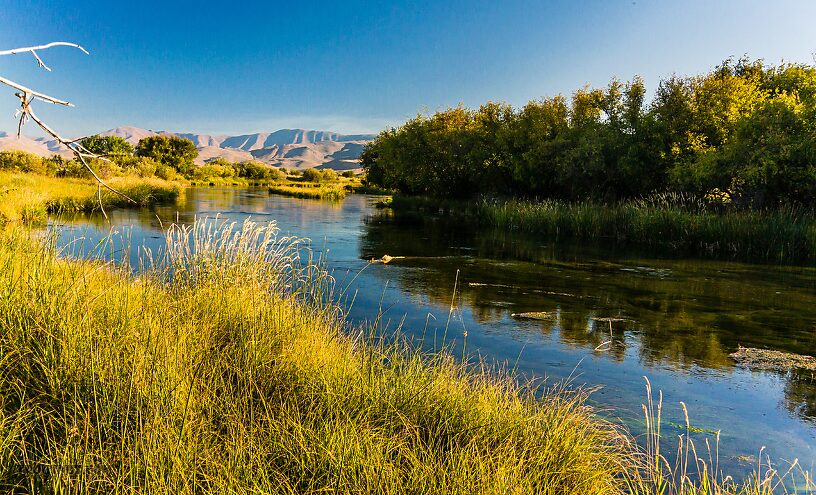
StateIdaho
LocationSilver Creek
Date TakenSep 4, 2020
Date AddedSep 18, 2020
AuthorTroutnut
CameraNIKON 1 AW1
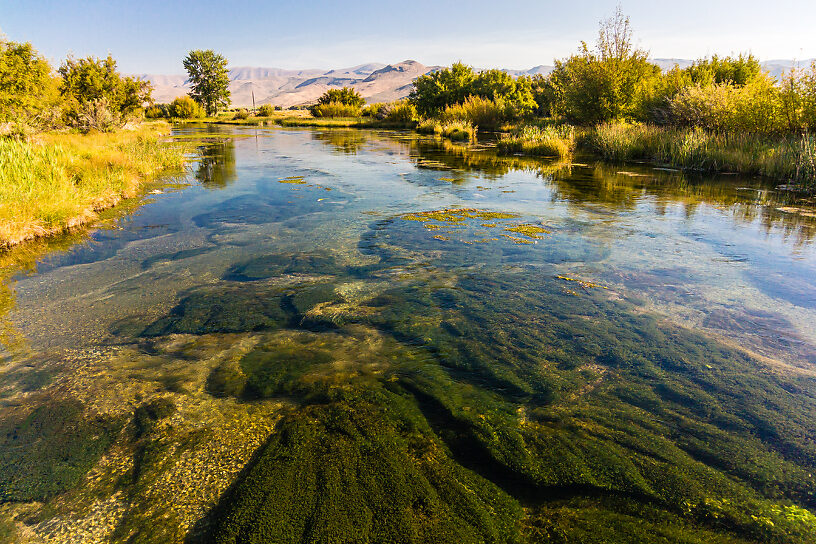
StateIdaho
LocationSilver Creek
Date TakenSep 4, 2020
Date AddedSep 18, 2020
AuthorTroutnut
CameraNIKON 1 AW1

StateIdaho
LocationSilver Creek
Date TakenSep 4, 2020
Date AddedSep 18, 2020
AuthorTroutnut
CameraNIKON 1 AW1
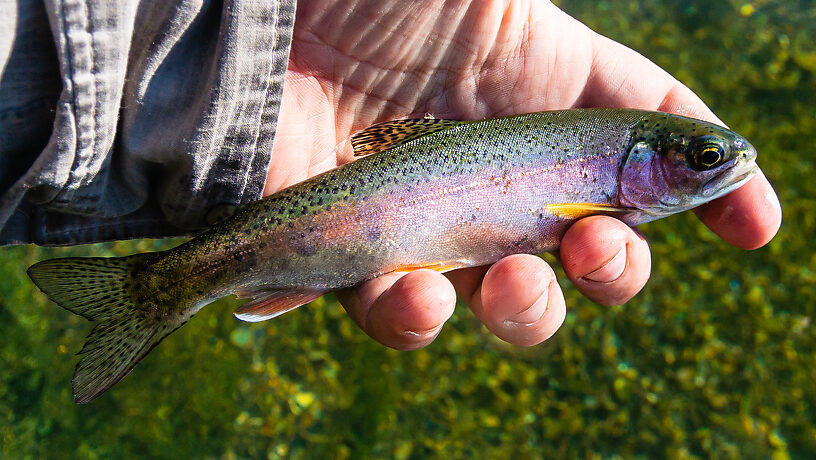
StateIdaho
LocationSilver Creek
Date TakenSep 4, 2020
Date AddedSep 18, 2020
AuthorTroutnut
CameraNIKON 1 AW1

StateIdaho
LocationSilver Creek
Date TakenSep 4, 2020
Date AddedSep 18, 2020
AuthorTroutnut
CameraNIKON 1 AW1

StateIdaho
LocationSilver Creek
Date TakenSep 4, 2020
Date AddedSep 18, 2020
AuthorTroutnut
CameraNIKON 1 AW1

StateIdaho
LocationSilver Creek
Date TakenSep 4, 2020
Date AddedSep 18, 2020
AuthorTroutnut
CameraNIKON 1 AW1

StateIdaho
LocationTrail Creek
Date TakenSep 4, 2020
Date AddedSep 18, 2020
AuthorTroutnut
CameraNIKON 1 AW1

StateIdaho
LocationTrail Creek
Date TakenSep 4, 2020
Date AddedSep 18, 2020
AuthorTroutnut
CameraNIKON 1 AW1

StateIdaho
LocationTrail Creek
Date TakenSep 4, 2020
Date AddedSep 18, 2020
AuthorTroutnut
CameraNIKON 1 AW1
On-stream insect photos by Troutnut from Silver Creek in Idaho

StateIdaho
LocationSilver Creek
Date TakenSep 4, 2020
Date AddedSep 18, 2020
AuthorTroutnut
CameraNIKON 1 AW1

Female Baetid spinners were abundant subsurface looking for substrates to lay their eggs, and they found my waders. I'll update the ID for this picture after identifying the associated male spinner. I caught several fish on a small brown soft-hackle fished as a crude imitation of these spinners before the fish all started taking Tricorythodes spinners instead.
StateIdaho
LocationSilver Creek
Date TakenSep 4, 2020
Date AddedSep 19, 2020
AuthorTroutnut
CameraNIKON 1 AW1
Closeup insects by Troutnut from Silver Creek in Idaho
Female Callibaetis ferrugineus (Speckled Spinner) Mayfly Spinner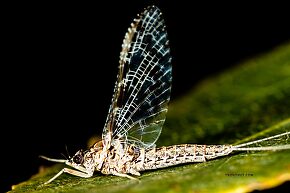 View 9 Pictures
View 9 Pictures
 View 9 Pictures
View 9 PicturesCollected September 4, 2020 from Silver Creek in Idaho
Added to Troutnut.com by Troutnut on September 18, 2020
Added to Troutnut.com by Troutnut on September 18, 2020
Male Baetis tricaudatus (Blue-Winged Olive) Mayfly Spinner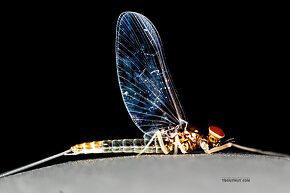 View 12 PicturesSome notes from identifying this specimen under the microscope:
View 12 PicturesSome notes from identifying this specimen under the microscope:
1. The hind wing has three longitudinal veins (Longitudinal vein: Longitudinal veins are the major long veins running length-wise through an insect's wing, connecting the base to the outer margin, or the major branches from those veins.), but the third is faint, short (about half the length of the wing), and close to the wing margin.
2. Then antenna is brown fading into white at the tip, and the base is ringed with white.
3. The joints of the tarsal segments on the middle and hind leg have fine black markings.
It was also collected in association with a female spinner.
 View 12 PicturesSome notes from identifying this specimen under the microscope:
View 12 PicturesSome notes from identifying this specimen under the microscope:1. The hind wing has three longitudinal veins (Longitudinal vein: Longitudinal veins are the major long veins running length-wise through an insect's wing, connecting the base to the outer margin, or the major branches from those veins.), but the third is faint, short (about half the length of the wing), and close to the wing margin.
2. Then antenna is brown fading into white at the tip, and the base is ringed with white.
3. The joints of the tarsal segments on the middle and hind leg have fine black markings.
It was also collected in association with a female spinner.
Collected September 4, 2020 from Silver Creek in Idaho
Added to Troutnut.com by Troutnut on September 18, 2020
Added to Troutnut.com by Troutnut on September 18, 2020
Female Baetis tricaudatus (Blue-Winged Olive) Mayfly Spinner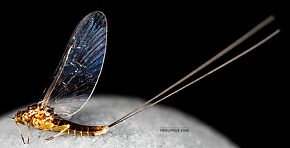 View 5 PicturesThis female spinner was deceased when photographed, so the posture is unnatural, but it was a substantial hatch and clearly worth imitating (with wet flies to imitate the sunken ovipositing females) so I went ahead with the photos.
View 5 PicturesThis female spinner was deceased when photographed, so the posture is unnatural, but it was a substantial hatch and clearly worth imitating (with wet flies to imitate the sunken ovipositing females) so I went ahead with the photos.
It was collected in association with a male spinner.
 View 5 PicturesThis female spinner was deceased when photographed, so the posture is unnatural, but it was a substantial hatch and clearly worth imitating (with wet flies to imitate the sunken ovipositing females) so I went ahead with the photos.
View 5 PicturesThis female spinner was deceased when photographed, so the posture is unnatural, but it was a substantial hatch and clearly worth imitating (with wet flies to imitate the sunken ovipositing females) so I went ahead with the photos.It was collected in association with a male spinner.
Collected September 4, 2020 from Silver Creek in Idaho
Added to Troutnut.com by Troutnut on September 18, 2020
Added to Troutnut.com by Troutnut on September 18, 2020
Most recent comments on this post (latest on top)
Comment on this post
Top 10 Fly Hatches
Top Gift Shop Designs
Eat mayflies.
Top Insect Specimens
Miscellaneous Sites
Troutnut.com is copyright © 2004-2024 Jason
Neuswanger (email Jason). See my FAQ for information about use of my images.
 privacy policy
privacy policy
